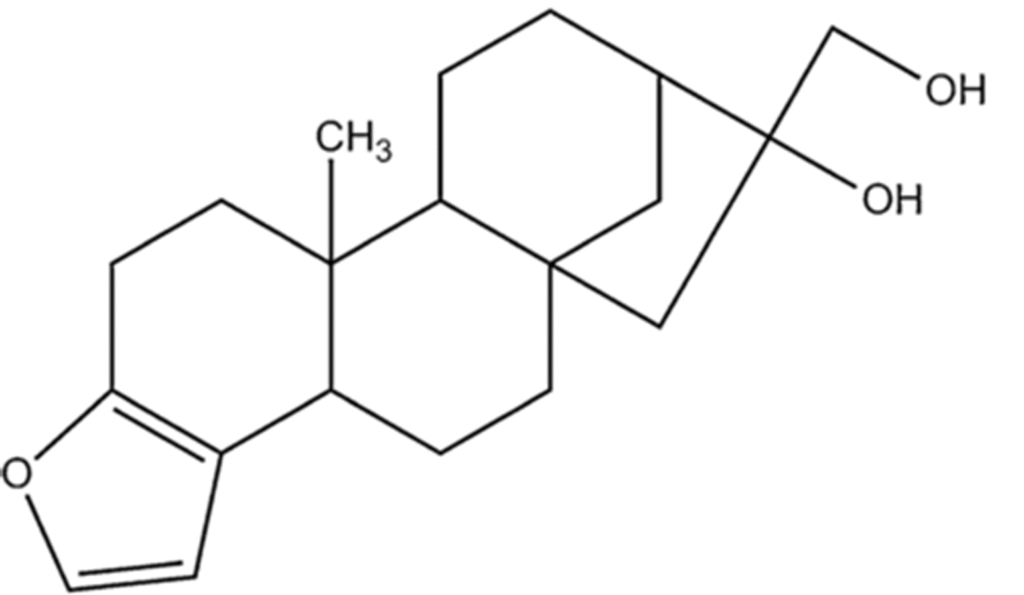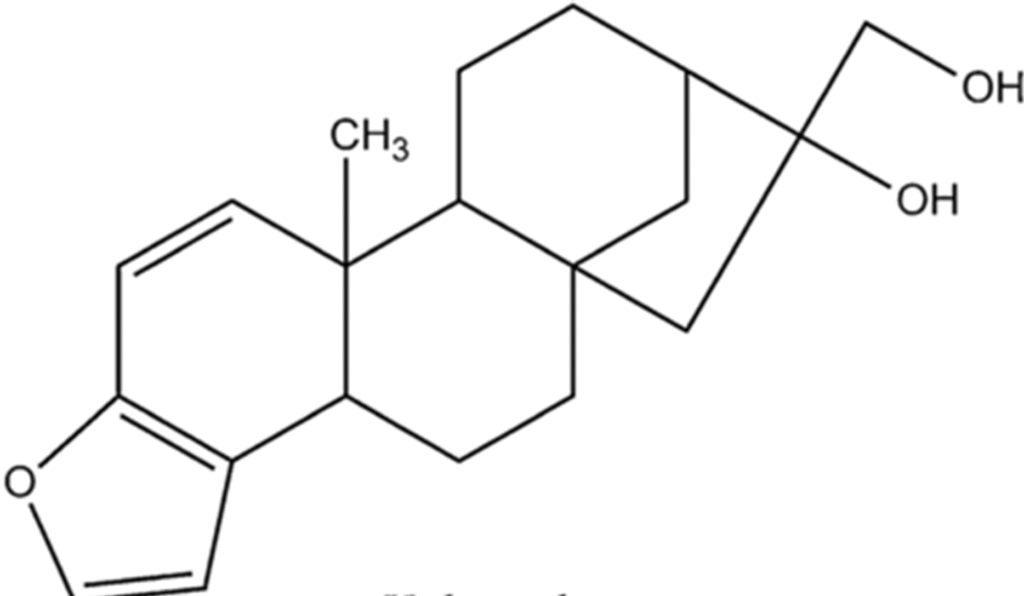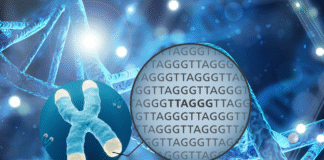Coffee is a Lifestyle.
Coffee is not just a beverage, it’s a lifestyle now. Its global popularity stems from its unique taste, unique aroma, appealing colour, stimulating effect and social significance. Due to its stimulating composition, a cup of coffee in the morning as a kickstart is a common practice. Almost at every workplace, a cup of coffee in hand is a commonly watched scene during conversations, meetings and relaxing hours. Coffee cafes are one of the most convenient and popular spots for gatherings of friends and colleagues.
Brewing Types
According to taste preferences, different brewing methods have been developed for brewing.
Espresso is concentrated coffee produced by forcing hot water under high pressure through finely ground coffee beans. French press coffee is prepared by steeping ground coffee in hot water for 4-5 minutes and then filtering the brewed coffee. In the AeroPress method, medium-fine ground coffee is mixed with hot water and then filtered after 2 minutes. A Moka pot is a type of coffee maker that uses a sieve placed between a lower and upper chamber. To make coffee, the lower chamber is filled with water and coffee is placed on the sieve and the pot is heated on the stove to force the hot water upward through the coffee in the sieve and to collect the brew in the upper chamber. Chemex uses a medium-coarse grind coffee in a thick filter over which hot water is poured gradually. The thick filters trap oils and fines and bright filtrate is collected in 3-5 minutes. Turkish coffee is prepared by simmering finely ground coffee with water and sugar in a pot for about 3- 4 minutes. Once brewed, coffee is served by directly pouring into the cups without filtration.

Effect of Brewing Process on Cholesterol
Compositional analysis suggests that coffee contains cholesterol-increasing diterpene compounds, namely cafestol and kahweol. The concentration of these compounds in coffee depends on the method of coffee preparation. The amount is negligible in filtered, instant, and percolator coffee but high in unfiltered coffee. Data from the epidemiological studies show that the intake of unfiltered coffee increased total cholesterol and LDL concentrations, whereas consumption of filtered coffee did not result in any significant change in total cholesterol and LDL concentrations. It is believed that unfiltered coffee raises LDL levels due to the presence of cafestol, which interferes with the production of bile acid in the liver. Cafestol is a fatty compound in the oil of coffee beans, the step of filtration causes cafestol to stick up on the filter and prevents it entry into the brew. According to some research studies, the amount of cafestol in filtered coffee is dependent upon several factors, such as roasting time, porosity of the filter, particle size of the ground coffee and also the time of brewing. One research study published in 2017 demonstrated that the paper filter retained 12.41% of the initial cafestol concentration while only 0.15% passed into the brew, the remaining 87.45% remained in the coffee due to less extraction of the lipid portion in hot water.

cafestol

Kahweol
Conclusion
There is variation in data regarding the concentration of cafestol in filtered coffee but in general filtered coffee contains less cafestol than unfiltered. It has been revealed by a scientific report that intake of 10 mg of cafestol/day for 4 weeks increases the total cholesterol level by 5.0 mg/dL.. Therefore, it is important to take cafestol intake into consideration for cholesterol management.




